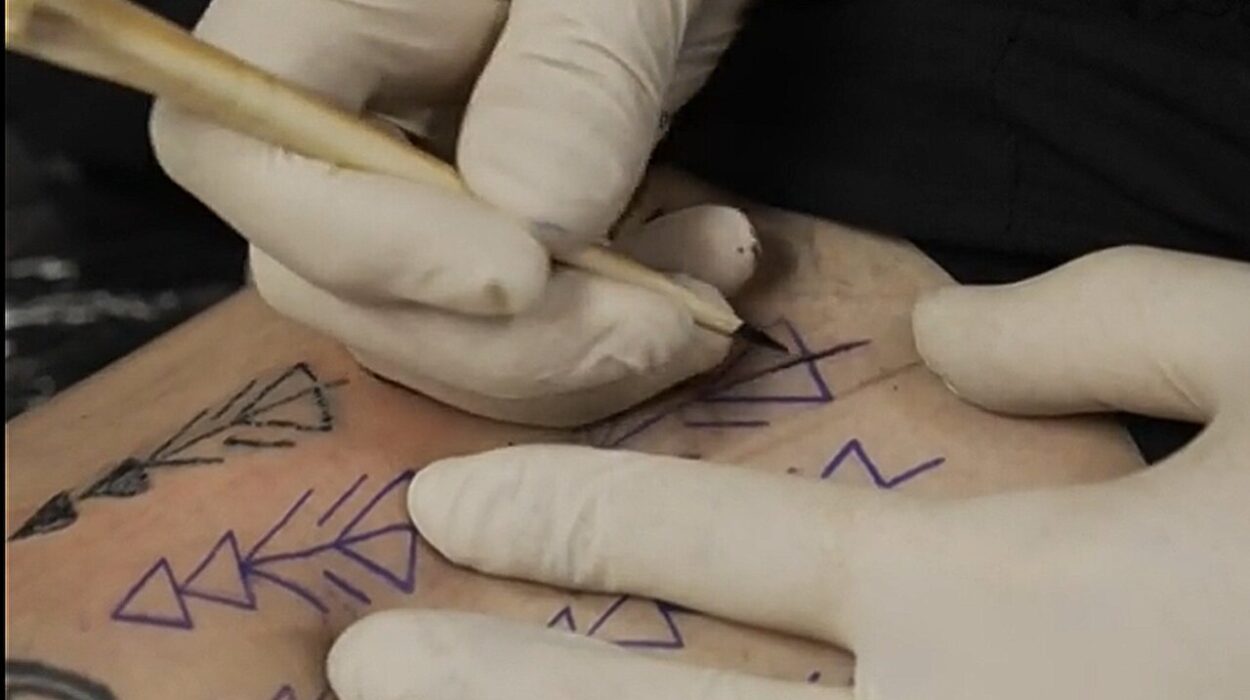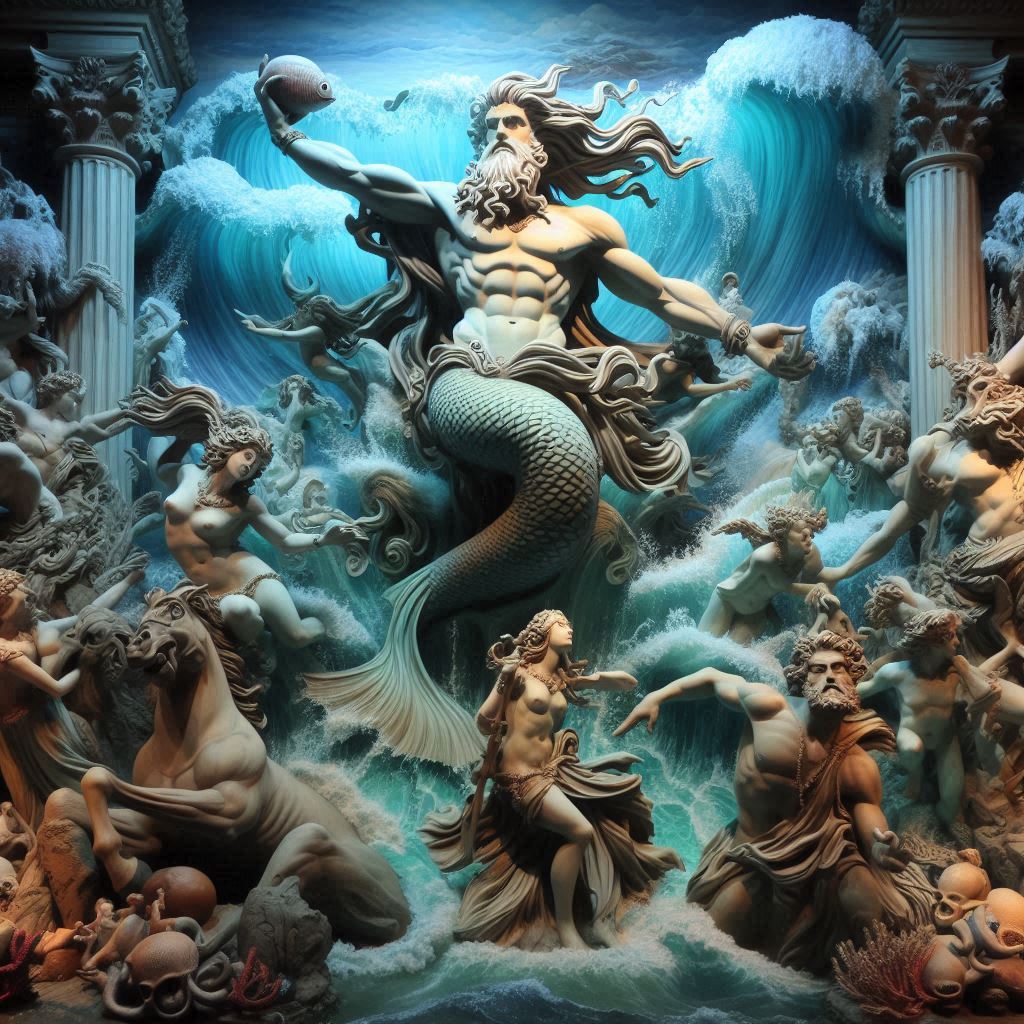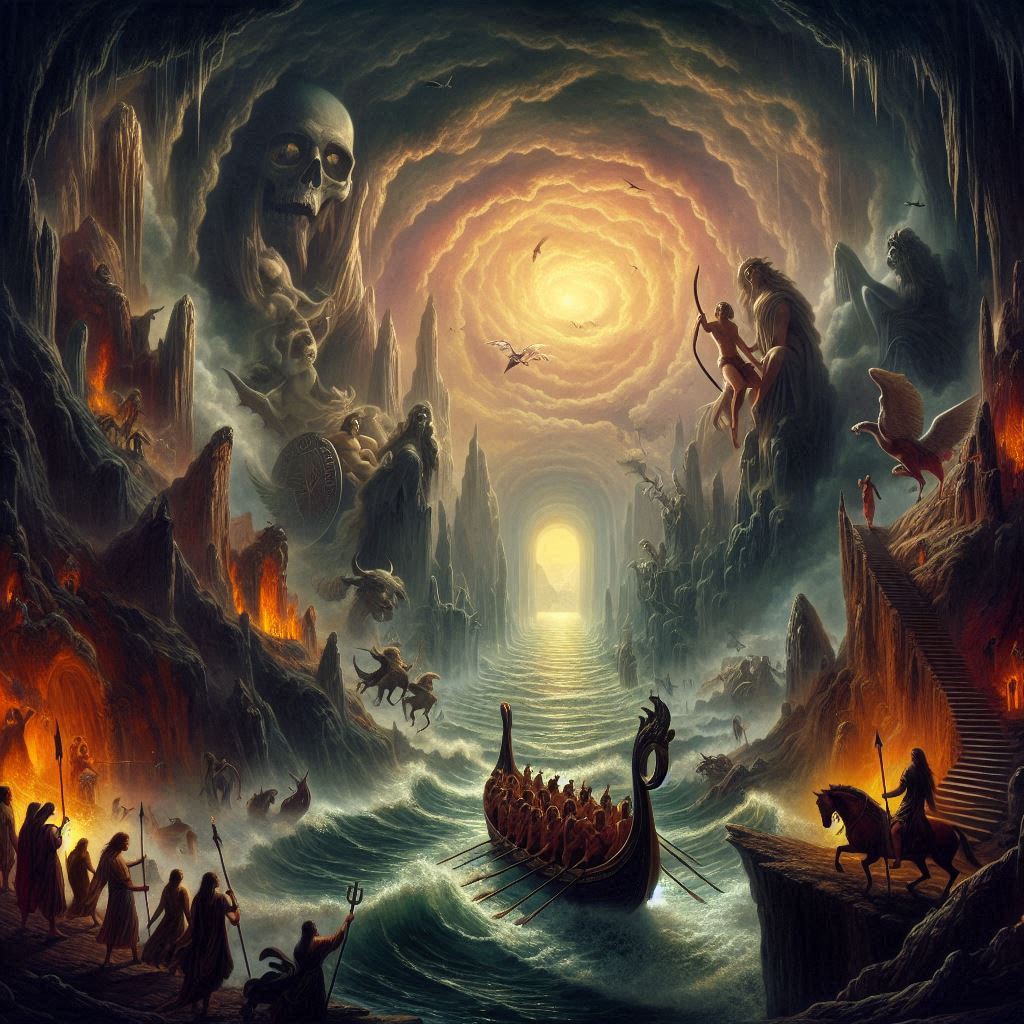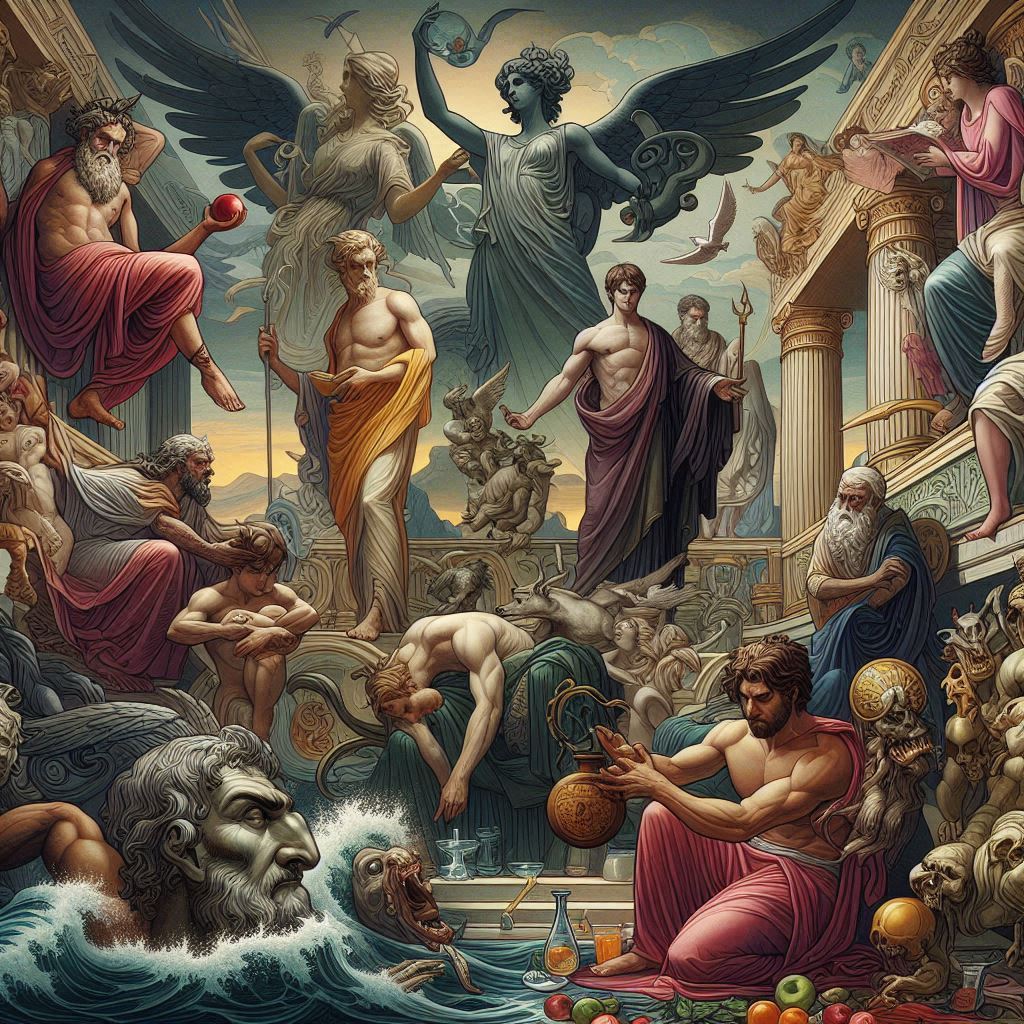Ötzi the Iceman, the well-preserved mummy discovered in the Italian Alps, continues to offer glimpses into a bygone era. A recent study, published in the European Journal of Archaeology, sheds light on a long-standing mystery: how Ötzi’s intricate tattoos were created.
Ötzi’s discovery in 1991 sent shockwaves through the archaeological world. Preserved for over 5,300 years, his body offered a wealth of information about life in the Copper Age. Among his most intriguing features were the numerous tattoos adorning his body – a testament to a sophisticated tattooing tradition far older than previously thought.
Scientists have long debated the methods used to create Ötzi’s tattoos. Theories included hand-poking, subdermal tattooing, hand tapping, and incision. Prior assumptions leaned towards incision, where a sharp object carves lines into the skin, followed by the application of pigment like ash. However, new research offers a more convincing explanation.
An international team of archaeologists, historians, and, most surprisingly, tattoo artists, embarked on a unique investigation. They recreated Ötzi’s tattoos on a volunteer’s skin using all four methods. Once healed, the team meticulously compared these modern tattoos to Ötzi’s originals.
The results were conclusive. Tattoos created by the hand-poking method most closely resembled Ötzi’s. In this time-tested technique, a sharpened stick dipped in ink is repeatedly pressed into the skin, depositing pigment with each prick. This method creates lines formed from tiny, overlapping dots – a telltale characteristic observed on both Ötzi’s body and the recreated hand-poked tattoos.
The research not only unveils the secrets behind Ötzi’s tattoos but also underscores the valuable contributions of diverse specialists. By collaborating with a tattoo artist, the team gained firsthand knowledge of historical techniques and their visual imprints.
Ötzi’s legacy continues to inspire innovation, pushing the boundaries of scientific exploration and reminding us that even the most ancient practices can hold captivating stories waiting to be unearthed.










